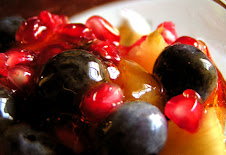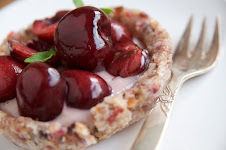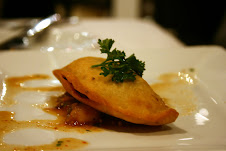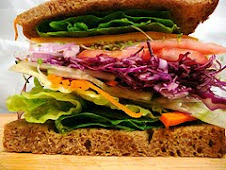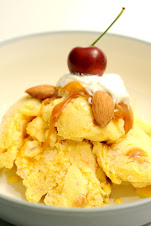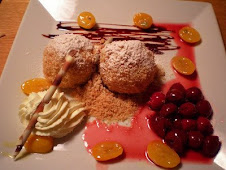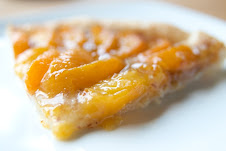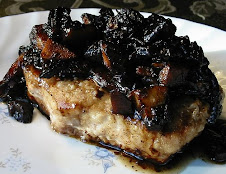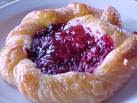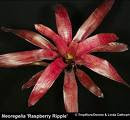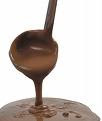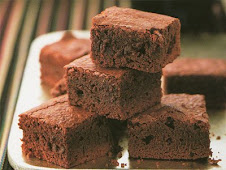
Mandarin is the blanket term for every “easy peel” citrus. The three main kinds are Clementine, Satsuma and Tangerine, but there are limitless hybrids.
Although mandarins look gorgeous, they keep best in the fridge. Take out a few at a time to top up the fruit bowl, so they were at room temperature when you eat them.
The skin of a very fresh fruit will spritz oil when it is peeled, and the fruit will be juicier. Like oranges, the skin is wax, so wash it well in hot water before using it in cooking.
Clementines sold with their leaves are pretty, and shiny lithe leaves are proof that the fruit is fresh. Add a well-washed leaf to beef casseroles or oriental dishes for a citrus-bay leaf flavor.
















